Sloth Definition, Habitat, Diet, Facts
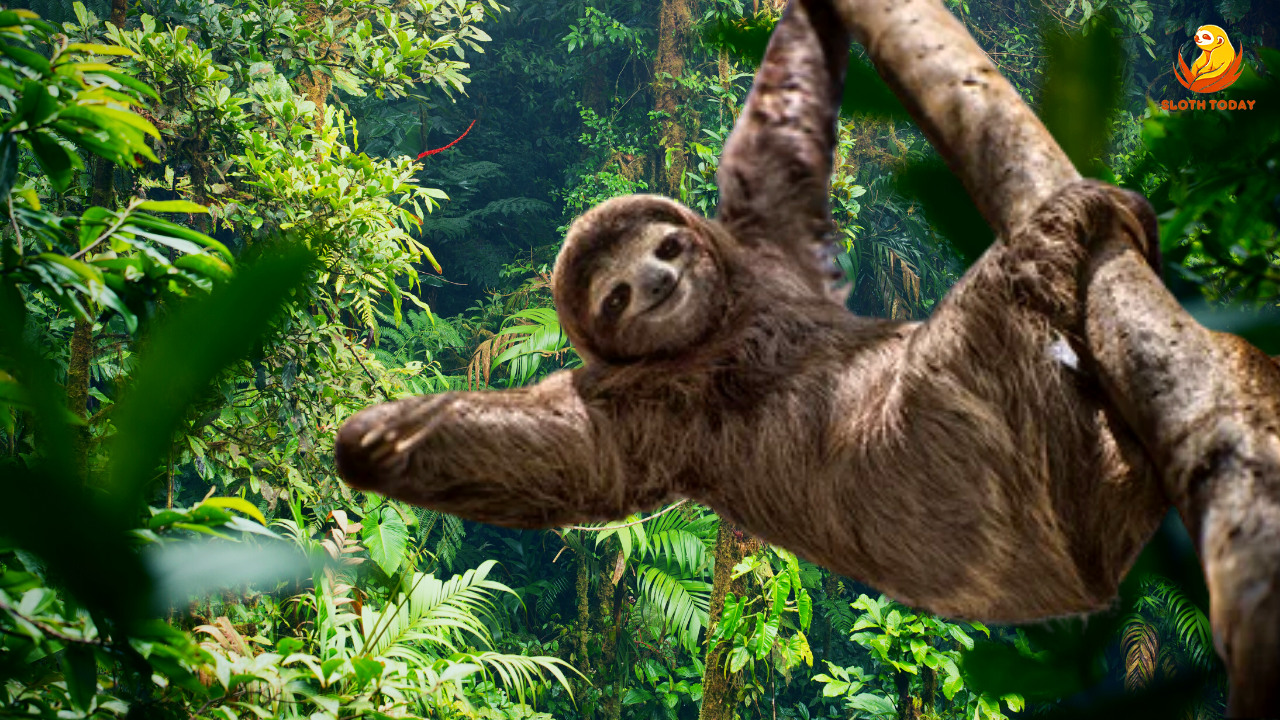
Sloths are slow-moving mammals that are native to Central and South America. They are known for their slow movements and ability to hang upside down from branches for long periods. There are six different species of sloths, each with its unique characteristics and behaviors.
Sloths are known for their slow movements, but this is not because they are lazy or sluggish. In fact, sloths have a very low metabolic rate, which means that they require very little energy to survive. This allows them to conserve energy and move slowly to avoid detection by predators. Sloths are also known for their ability to hang upside down from branches for long periods of time. This is because they have specialized shoulders and hips that allow them to rotate their bodies 180 degrees.
Sloths are found in the rainforests of Central and South America, where they live on treetops. They are arboreal animals, meaning they spend most of their time in the trees. They are able to climb and move through the trees with ease, thanks to their strong claws and flexible limbs. They are also excellent swimmers and can hold their breath for up to 40 minutes.
Sloths are herbivores, and their diet primarily consists of leaves, fruits, and flowers. They have a slow digestive system, which means that it can take up to a month for them to fully digest their food. They also have a low body temperature, which helps them to conserve energy while they digest their food.
There are six different species of sloths, each with its own unique characteristics. The two-toed sloth and the three-toed sloth are the most well-known species. The two-toed sloth is more giant than the three-toed sloth and has two fingers on each hand, while the three-toed sloth has three fingers on each hand. Both species have long, shaggy fur that helps to camouflage them in the trees.
Sloths are fascinating animals that have adapted to life in the trees in unique ways. They are known for their ability to hang upside down from branches for long periods of time. They are also excellent swimmers and have a slow digestive system that helps them to conserve energy. Despite their sluggish appearance, sloths are actually very active and agile animals that are well-adapted to life in the rainforests of Central and South America.
What are 3 facts about sloths?
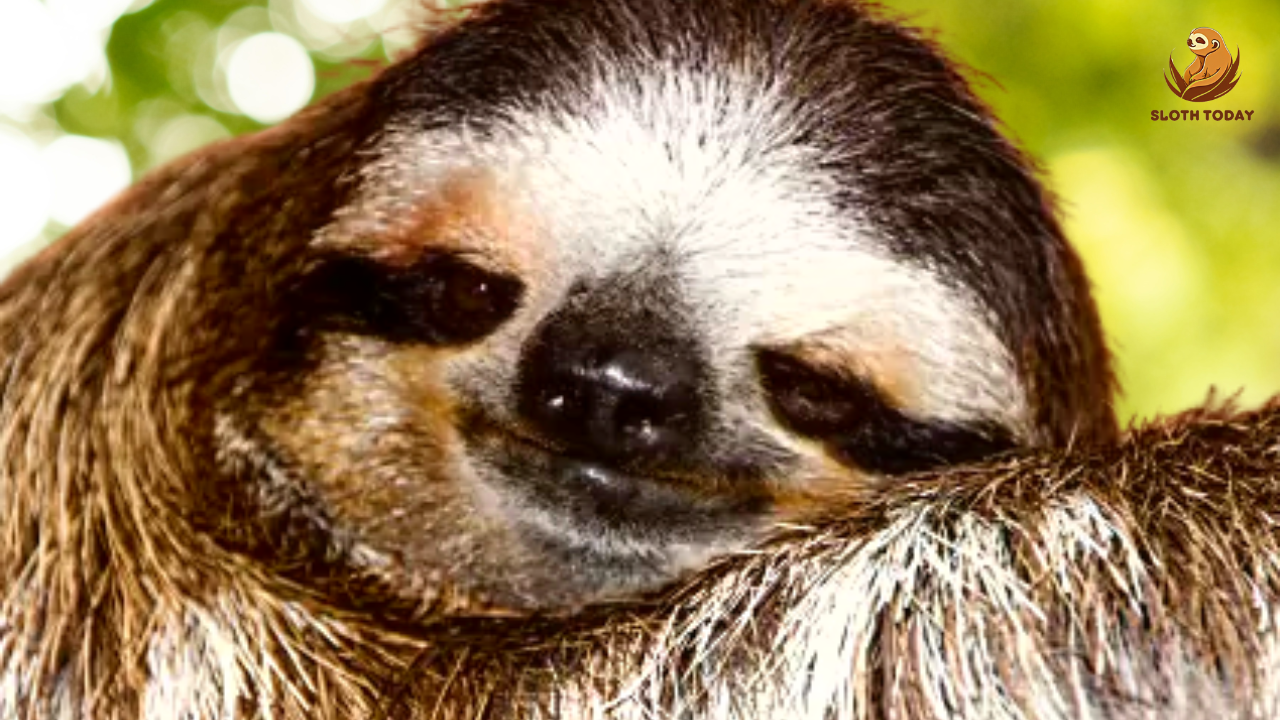
-
- Sloths have a slow metabolism and typically only defecate once a week.
-
- Sloths are slow-moving mammals that are native to Central and South America.
-
- They are known for their slow movements and for spending most of their time in trees.
What is interesting about sloths?
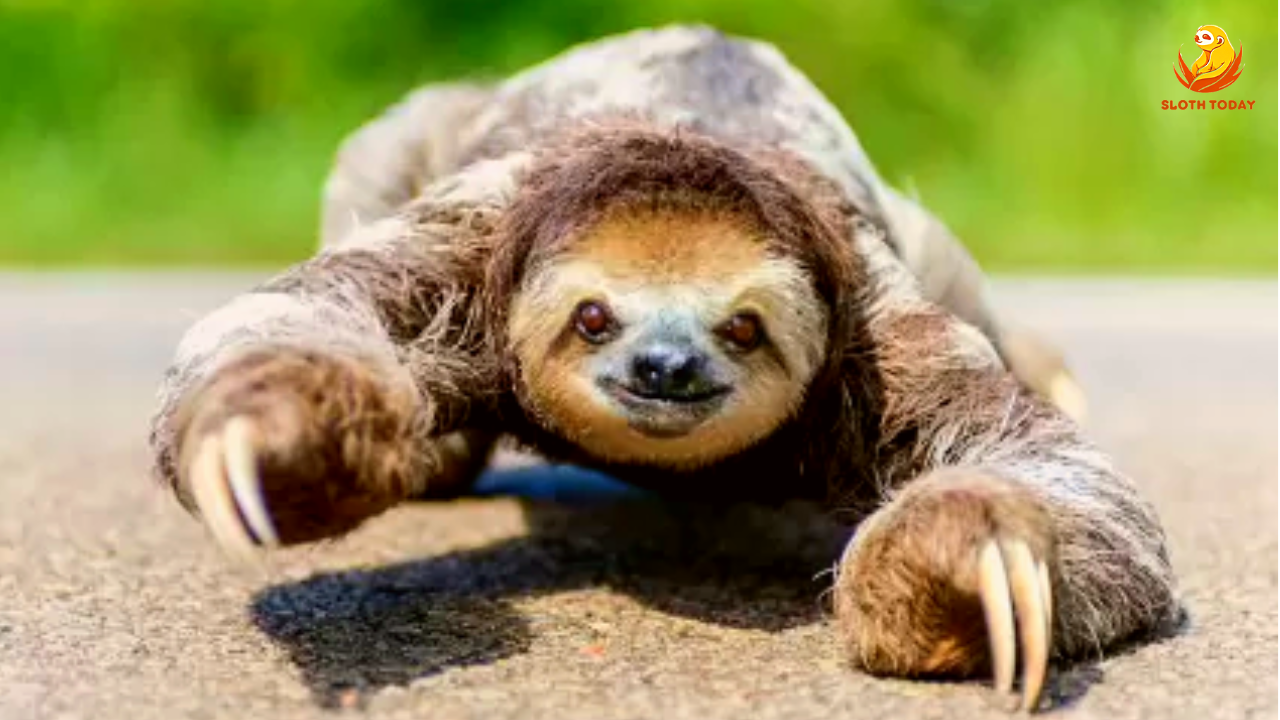
Sloths are also known for their unique and specialized claws that allow them to hang upside down from branches. Sloths are also interesting because of their low body temperature, low heart rate, and slow metabolism which helps them to conserve energy. Additionally, they are considered one of the most biodiverse countries in the world, which means that they have a wide variety of different types of sloths. Some species of sloths are also known to be nocturnal, which is unusual for tree-dwelling animals. Sloths are also unique in their way of grooming, they use their own fur to clean their body and they do this by licking their own fur and spreading it around their body.
Sloths are not blind, they have good eyesight, but they are not known to have a particularly acute vision. They are able to see well enough to navigate through the trees and locate food, but their vision is not as sharp as other animals.
They have good eyesight and are able to see colors, although the exact range of colors they can see is not well understood. Studies have shown that sloths have retinas that are similar to those of other mammals, and they are believed to have receptors for red, green, and blue light. This would indicate that they are able to see a wide range of colors, although their vision may not be as sharp as other animals. Additionally, the eyes of sloths are positioned on the sides of their head which provide them with a wide peripheral vision and a good ability to detect predators or locate food.
Sloths also have good hearing, although it is not known to be particularly acute either. They are able to hear well enough to detect potential predators and locate food, but their hearing is not as sharp as other animals.
It is worth noting that, sloths are not deaf, but they are not known to make much noise and communicate through scent marking, body language, and vocalizations that are not audible to human ears, which is why they might have been thought of as deaf.
Are Sloths Friendly?
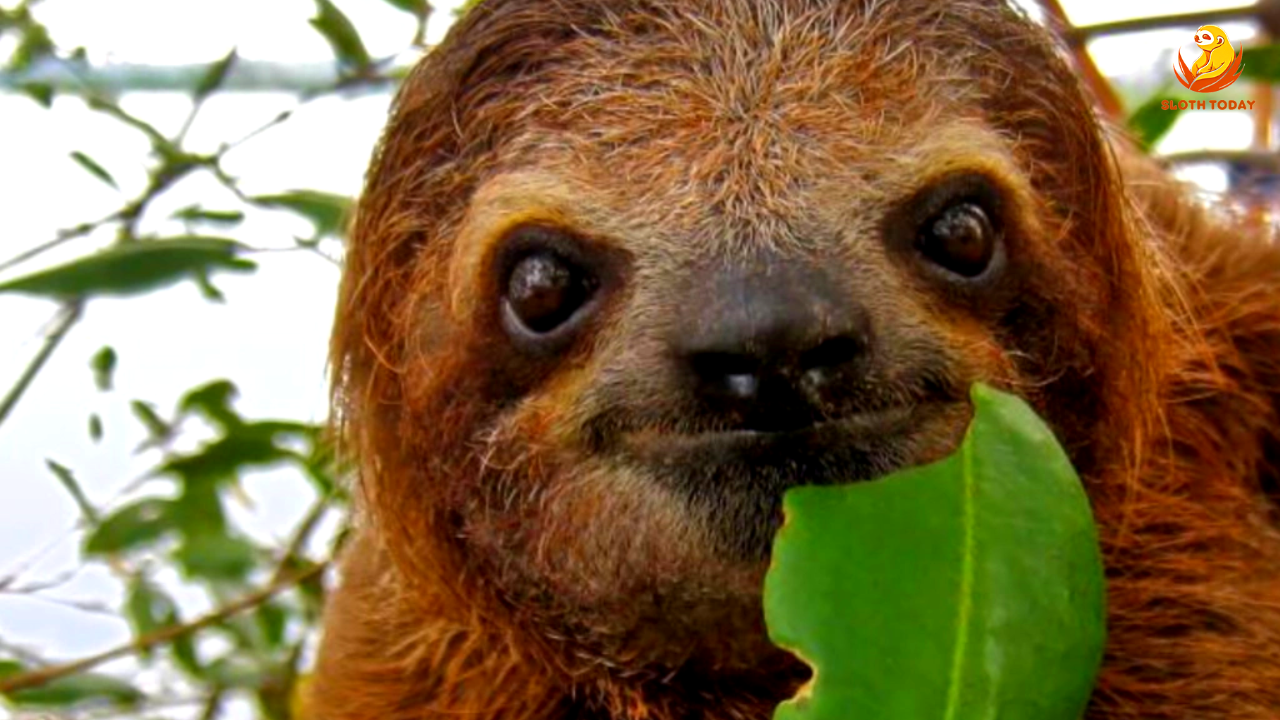
Sloths are generally considered to be solitary animals, and they are not known to be particularly friendly or sociable. They spend most of their time alone in trees, and they do not typically interact with other sloths or animals unless they are mating or caring for their young.
However, wild sloths, when not disturbed are generally not aggressive towards humans, and when in captivity, under proper care, they can be docile and even affectionate towards their caretakers. In captivity, sloths can be trained to be comfortable with human interaction and handling but it’s important to remember that they are still wild animals and should be treated with respect and care.
It is important to keep in mind that wild animals should not be approached or handled as they may behave unexpectedly and can be dangerous. It’s best to observe them in their natural habitats, from a safe distance, to avoid any potential harm to the animal or yourself.
Why Sloth Is So Slow?
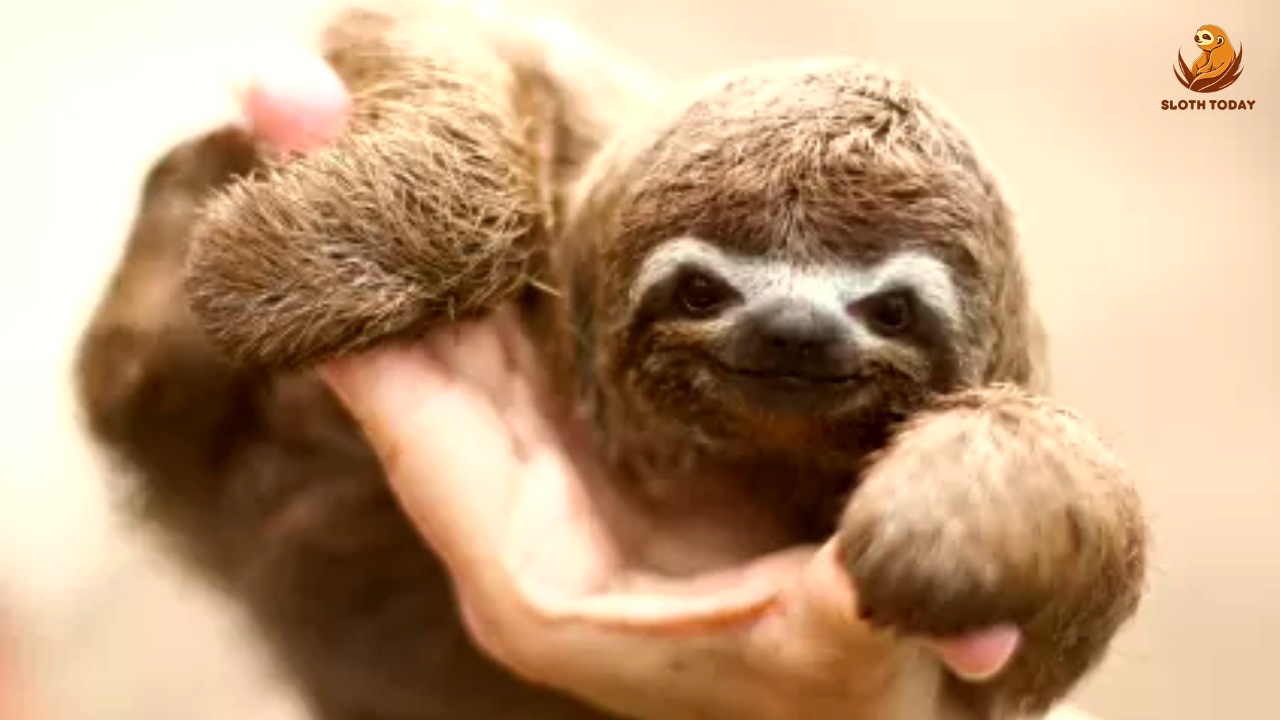
Sloths are slow-moving animals because of several factors. One of the main reasons is their low metabolism, which means that they burn energy at a slower rate than other animals. This allows them to conserve energy, but it also means that they move more slowly.
Another reason for their slow movement is their diet, which consists mainly of leaves. Leaves are low in nutrients and high in cellulose, which is difficult to digest. This means that sloths have to spend a lot of time eating in order to get enough energy, and they also have to spend a lot of time digesting their food.
Sloths also have specialized adaptations that help them to move slowly and conserve energy. For example, they have long, curved claws that allow them to hang upside down from branches, which reduces the amount of energy they have to spend on movement. They also have a low muscle mass which also contributes to their slow movement.
In addition to that, Sloths are arboreal animals, they spend most of their life in trees and their movement is adapted to this habitat, they move slowly to avoid falling from branches and to conserve energy.
Overall, their slow movement is an adaptation that allows them to survive in their natural habitat, which is a dense tropical forest with limited resources.
Is it a Sloth Bear or a Monkey?
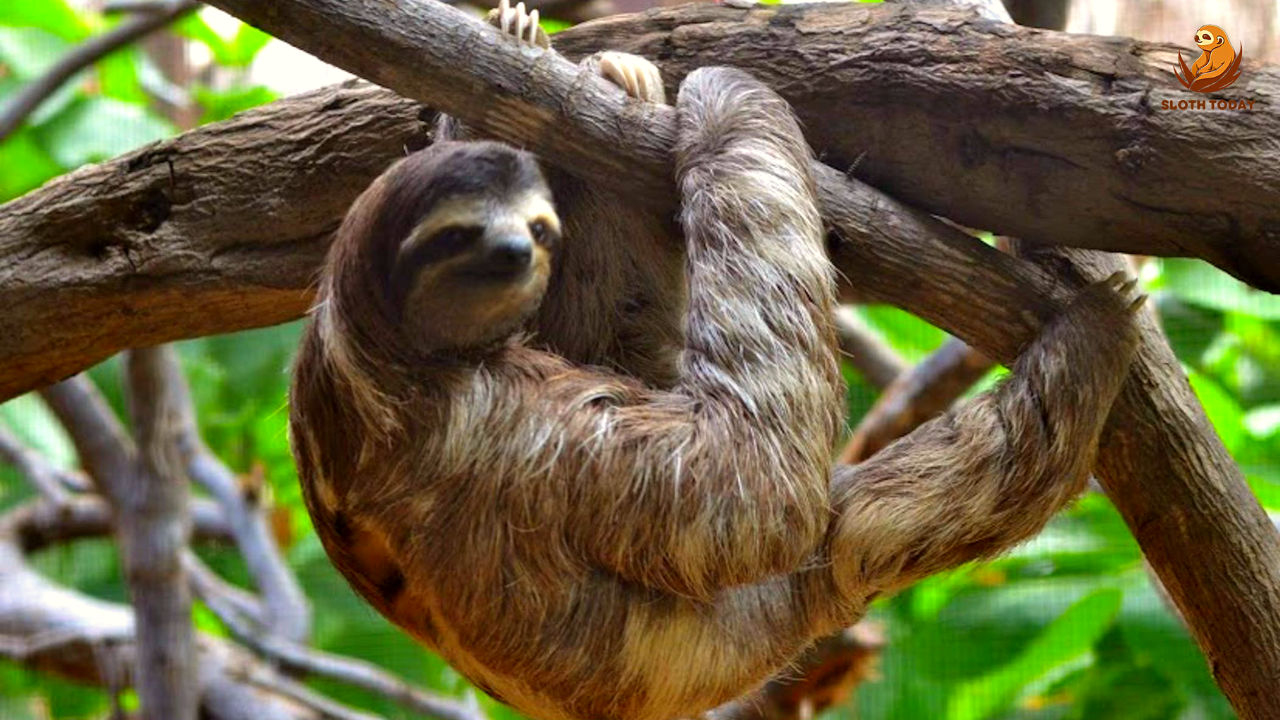
A sloth is not a bear or a monkey, it is a mammal that belongs to the order Pilosa, which also includes anteaters. Sloths are arboreal mammals and have specialized adaptations to their lifestyle in trees, such as long curved claws that allow them to hang upside down from branches. They have a low muscle mass and a low metabolism which makes them move slowly and conserve energy. Their diet consists mainly of leaves. Sloths are found in Central and South America.
A bear is a mammal from the family Ursidae, which include species such as Grizzly bears, Black bears, and Polar bears. They are found in different parts of the world and have a more varied diet which includes fruits, berries, fish, and also small mammals.
Monkeys are primates, which are a group of mammals that includes lemurs, lorises, tarsiers, monkeys, and apes. Monkeys are found in different parts of the world, mostly in tropical and subtropical regions and they have a diet that includes fruits, insects, and small animals.
No related posts.
